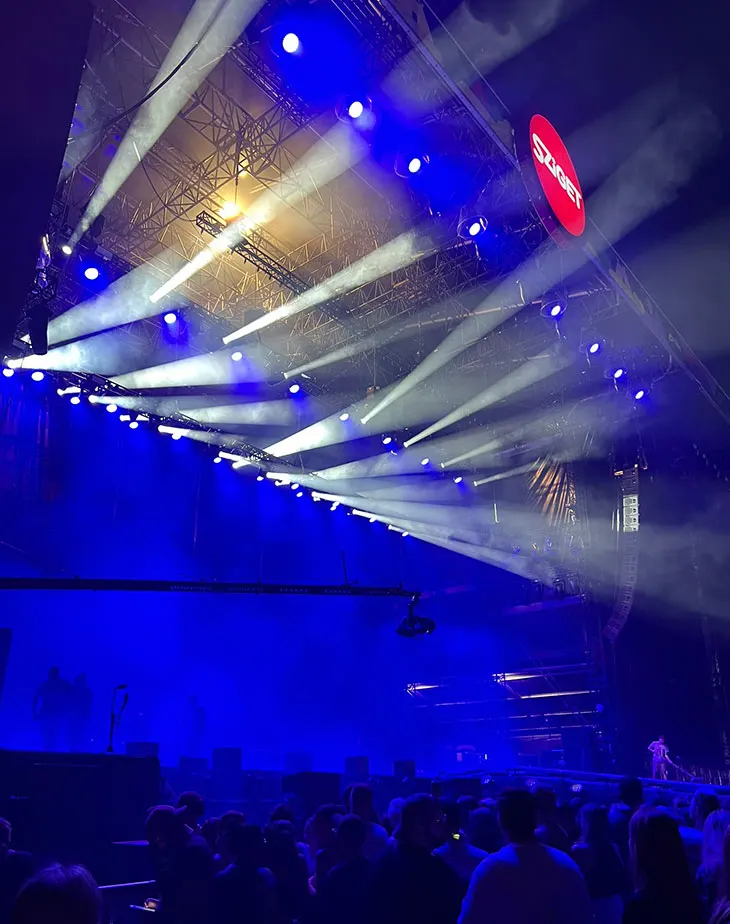
In an exclusive interview with DSCENE Magazine’s Zarko Davinic, Tamás Kádár, CEO of the iconic SZIGET Festival, reveals the intricate work that goes into orchestrating one of Europe’s most dynamic music events. From meticulous year-round planning to curating a lineup that balances global headliners with emerging talent, Kadar shares insights into the festival’s impact on both Budapest’s cultural landscape and the global music scene.
Celebrating a significant milestone, Kadar reflects on the festival’s evolution, driven by a commitment to freedom, diversity, and renewal. He highlights the unique “symbiotic” relationship between SZIGET and Budapest, one that transforms the city each year while fostering a profound cultural exchange. As he looks ahead, Kadar teases new features and innovations, ensuring that SZIGET continues to set the standard for immersive, international festivals.
Continue for our interview with Sziget Festival’s Tamás Kádár:
How far in advance do the preparations for the festival begin, and how do you and the team recharge once it wraps up? – The planning for next year’s festival starts already before the current festival ends, as we start booking artists almost a year and a half in advance. We also try to rest, especially since the summer season is so hectic. Generally, autumn and winter are quieter periods for us, allowing us some extra time to recharge.
The lineup always includes both big names and emerging talents. Could you share how the selection process works and what criteria you prioritize? – Sziget is a highly diverse festival that operates nearly all day and night, with numerous music stages showcasing a wide range of genres, in addition to various artistic, non-music, programs. When putting together the music lineup, we take many factors into account to create a rich and varied experience. For the Main Stage, we aim to include both popular current artists and fan-favorite acts from previous years, while also making sure to highlight new and emerging talent.
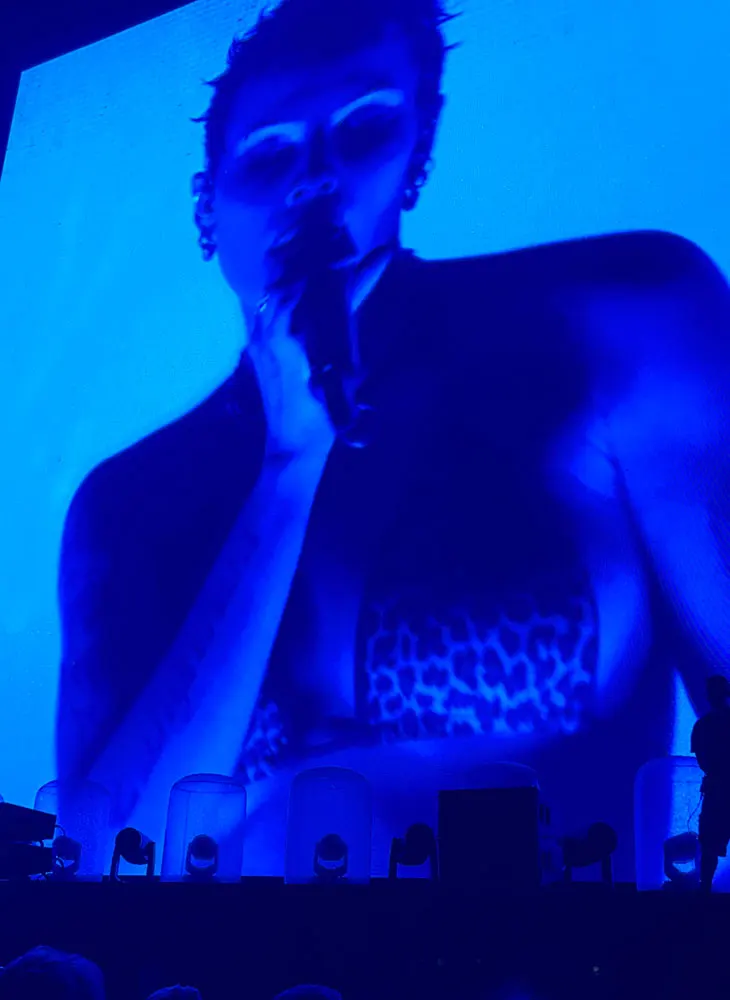
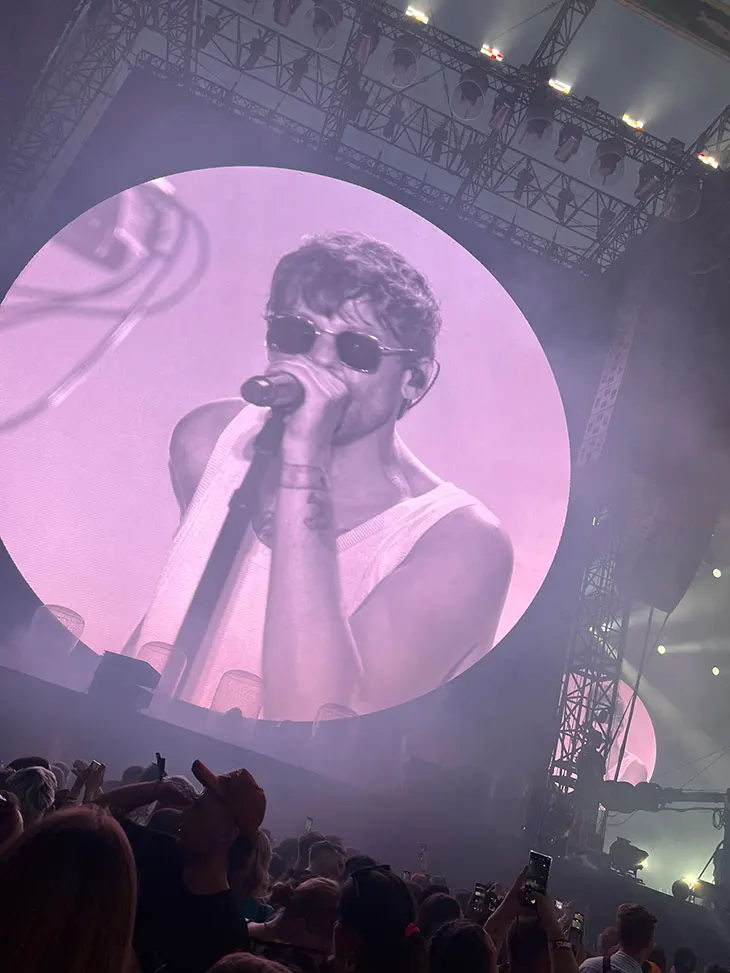
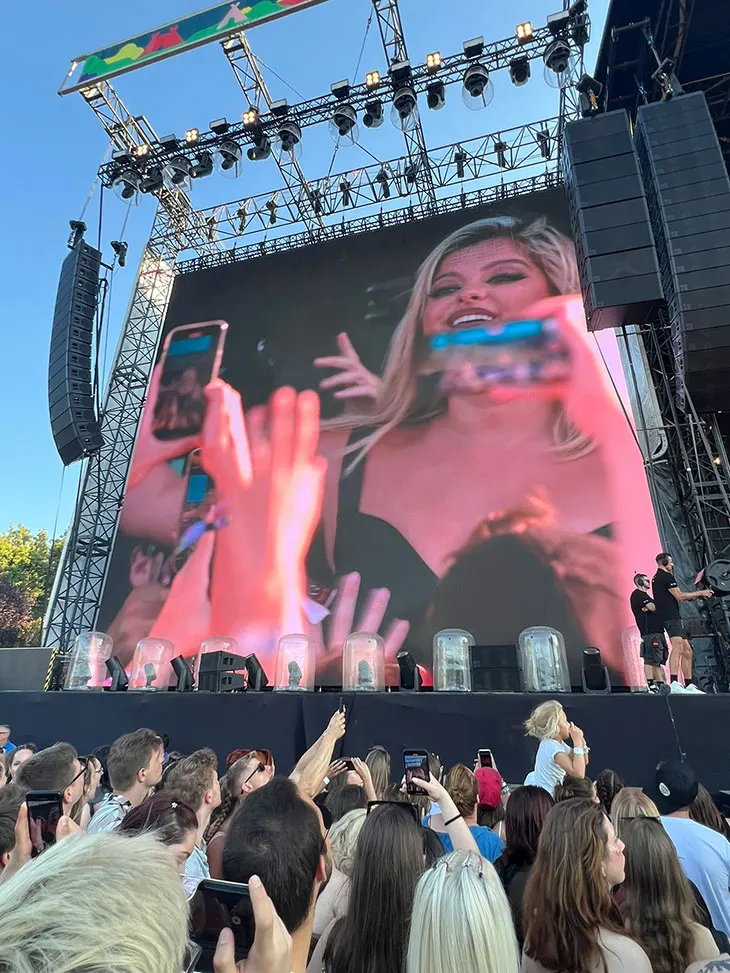
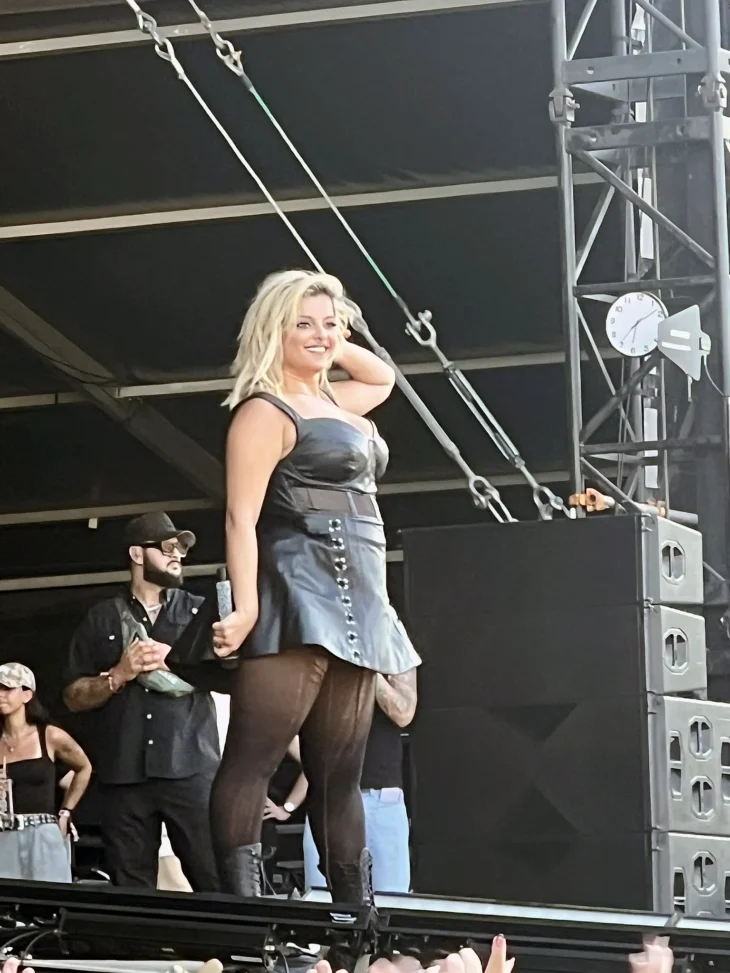
Looking back, who were you most excited to bring to the stage this year, and did any act surprise you with their performance? – I could mention many artists from both the Main Stage and the smaller venues, but what makes Sziget special is the vibrant atmosphere created by its diversity. While I don’t have much time to catch full concerts during the festival, some memorable performances stand out, for example this year Sam Smith, Skrillex, and Fred Again on the Main Stage. I also really enjoy the hip-hop culture showcased at our dropYard venue and the amazing night parties at the Colosseum.
Sziget is known for offering spaces to new and upcoming artists. Why is it important for you to dedicate stages to emerging talent? – Since its beginning, Sziget has made it a priority to introduce emerging bands. We aim to highlight Hungarian talent to a global audience while also featuring new international acts that add fresh sounds to the festival. These artists could become the next big stars and new favorites for our younger attendees, ensuring a constant refreshment of our lineup.
Every time we are in town for the festival we see it entirely transformed, but how do you think the Sziget Festival influences the atmosphere and culture of Budapest? What kind of impact do you believe it leaves on the local community? – Budapest is a vibrant, culturally rich city, and we’re thrilled that Sziget takes place on a green island, the name “Sziget” means island, just a short distance from the city center. Over the past 30 years, Sziget has become an integral part of Budapest, standing out as a significant event for both culture and tourism. The festival and the city exist in a “symbiotic” relationship that benefits both, creating a true win-win situation.
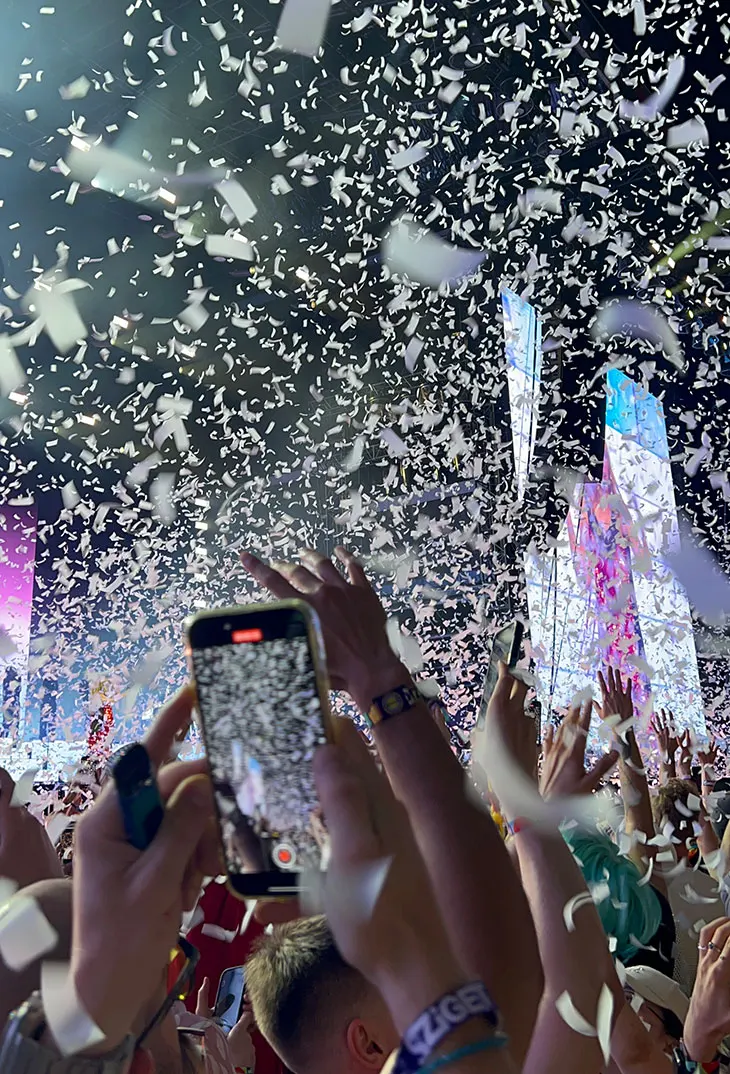
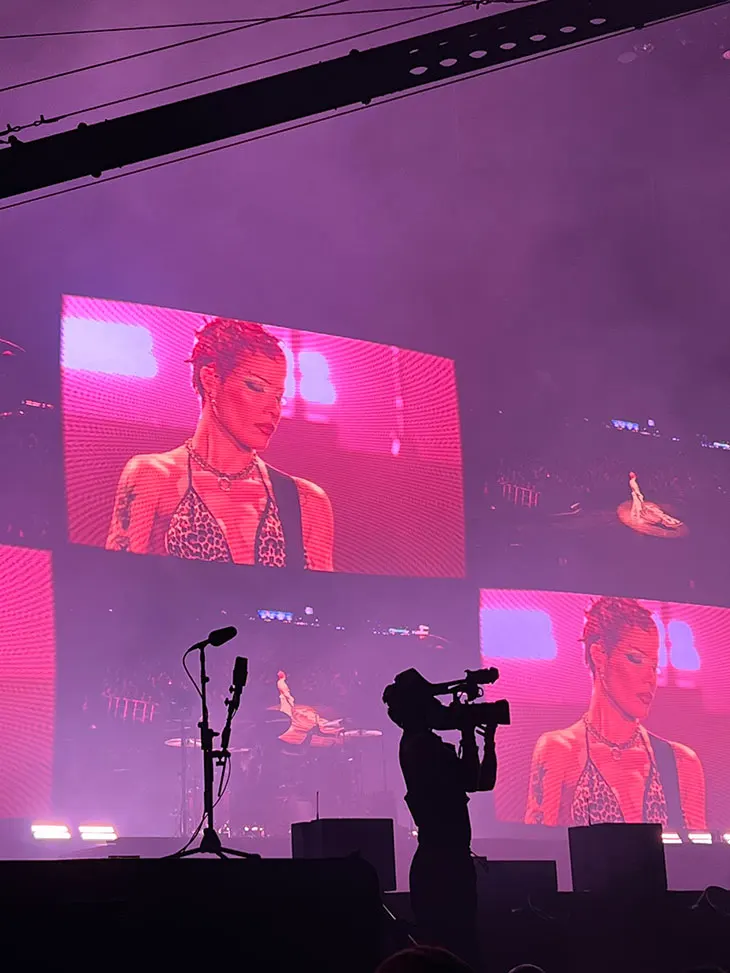
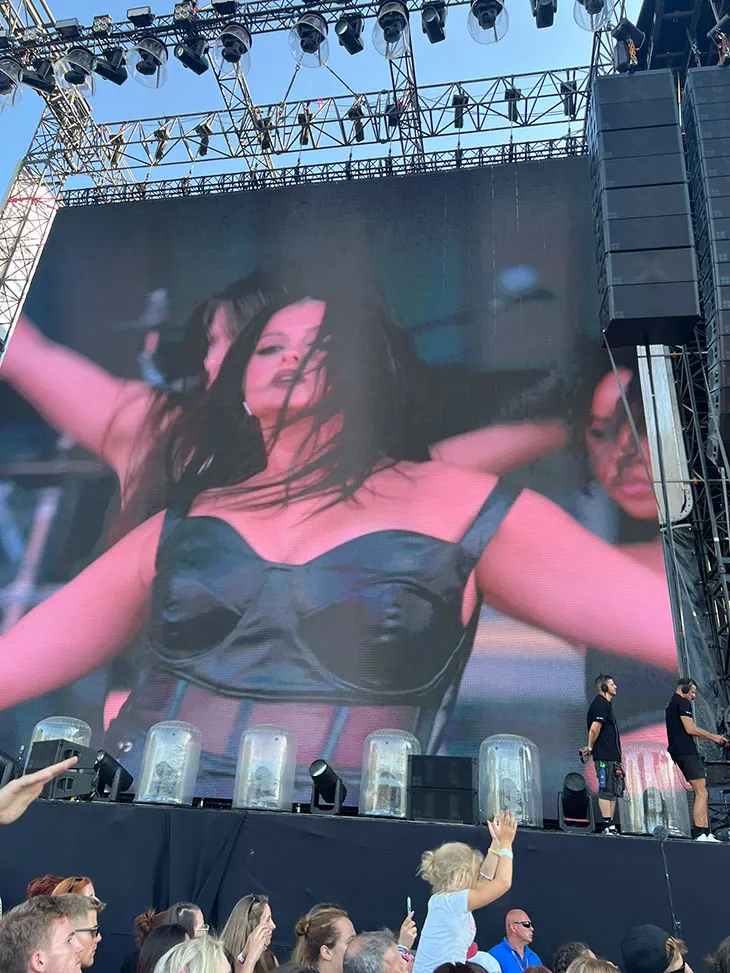
The festival celebrated a major anniversary this year. How did you maintain the energy and freshness, making it feel as vibrant as ever? – I want to emphasize two key points. First, it’s crucial to uphold our core values of freedom, diversity, and acceptance. Second, we must embrace the importance of continuous renewal. On both topics we constantly engage our audience to be part of the creative process, asking for feedback, ideas and executing surveys to see what works well and what is less appreciated by our visitors.
In your view, what sets Sziget apart from other large festivals around the world? Is there a specific element or tradition that you believe defines it? – On one hand, Sziget celebrates cultural diversity by featuring a range of musical genres as well as artistic (non-music) performances like circus acts, unexpected street theaters, nighttime shows and dance performances, not to mention the art installations placed all over the site. On the other hand, it is one of the most international festivals, drawing attendees from over 100 countries. We aim to deliver exceptional services across the board, keeping in mind the various accommodation options available at the festival’s camping facilities.
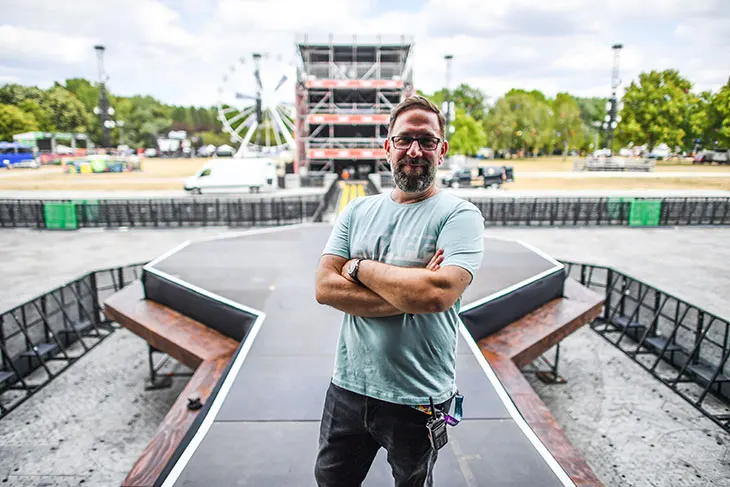
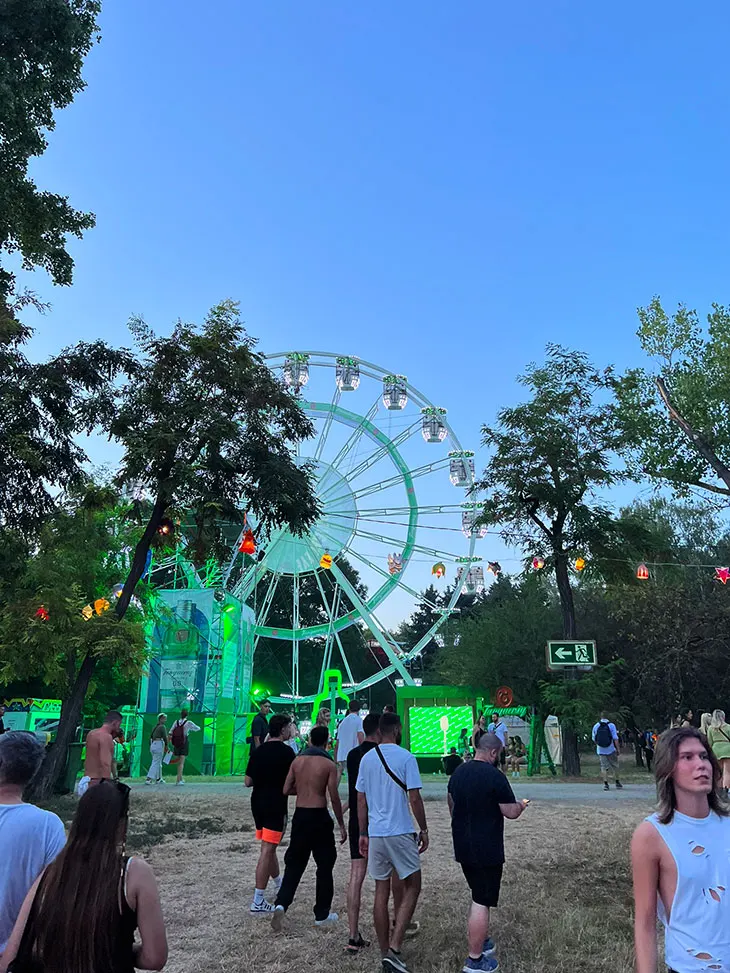
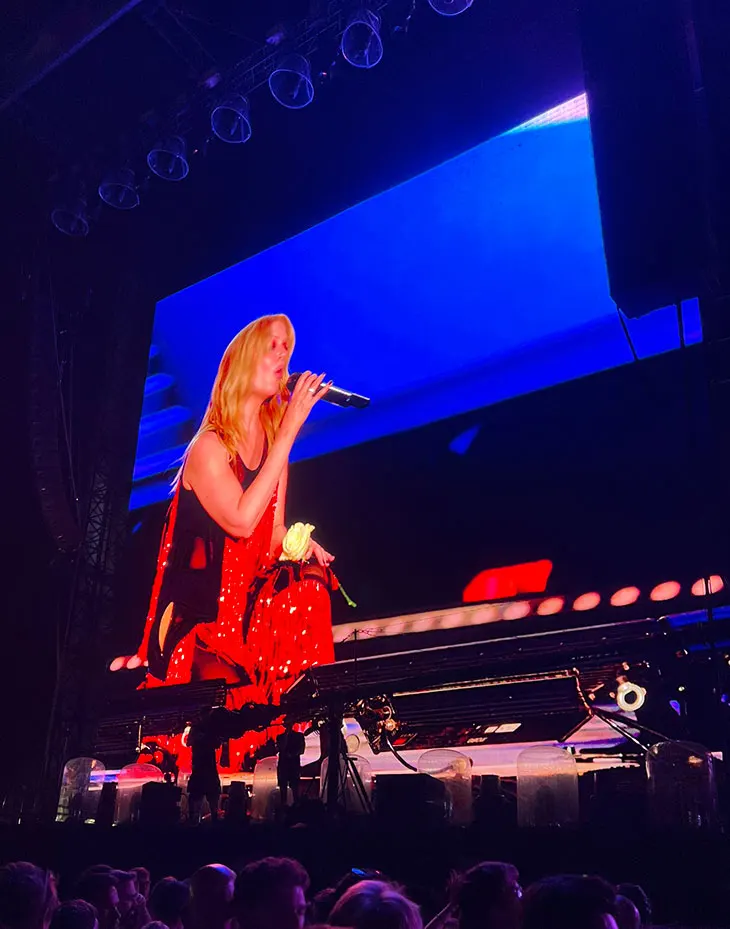
What feedback from attendees or artists do you find most valuable, and how does it shape the festival for future editions? – Each year, we conduct surveys with our attendees and analyze the results to improve the festival organization. Our primary aim is to enhance the guest experience, whether it’s through our services or in terms of the visual elements and programming.
Looking ahead, can you give us any hints about what you have planned for next year? Are there new ideas or changes you’re excited to introduce? – We keep a close eye on trends in audience cultural consumption and partying habits, always looking for ways to innovate. We have many exciting plans, and for now, I can share that this year we’ll be introducing a new area called the Night District, where the festivities will continue from dusk until dawn.
For more on SZIGET log on to szigetfestival.com.
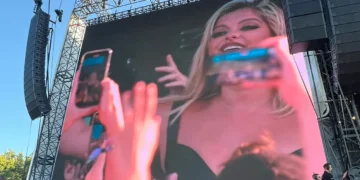



















That Kylie Minogue concert night was everything! My 3rd Sziget !!! Can’t wait for the next one love Budapest
I am so sad I missed this year! Definitely there the next one, have to say the line up this year filled up nicely only much closer to the festival… and i already made other plans. 🙁
I wish I got to see Kylie Minogue at Sziget ! ❤️❤️❤️